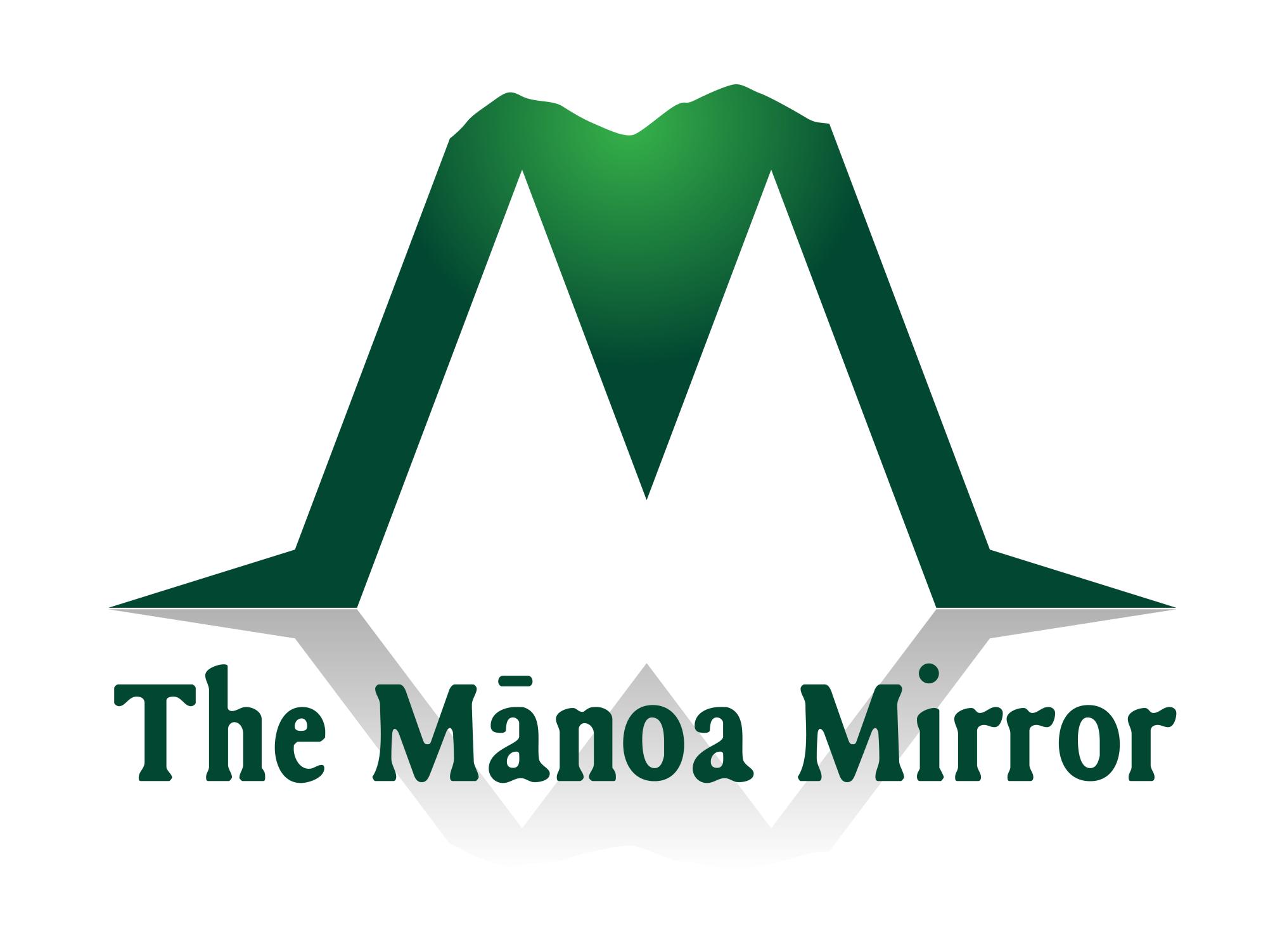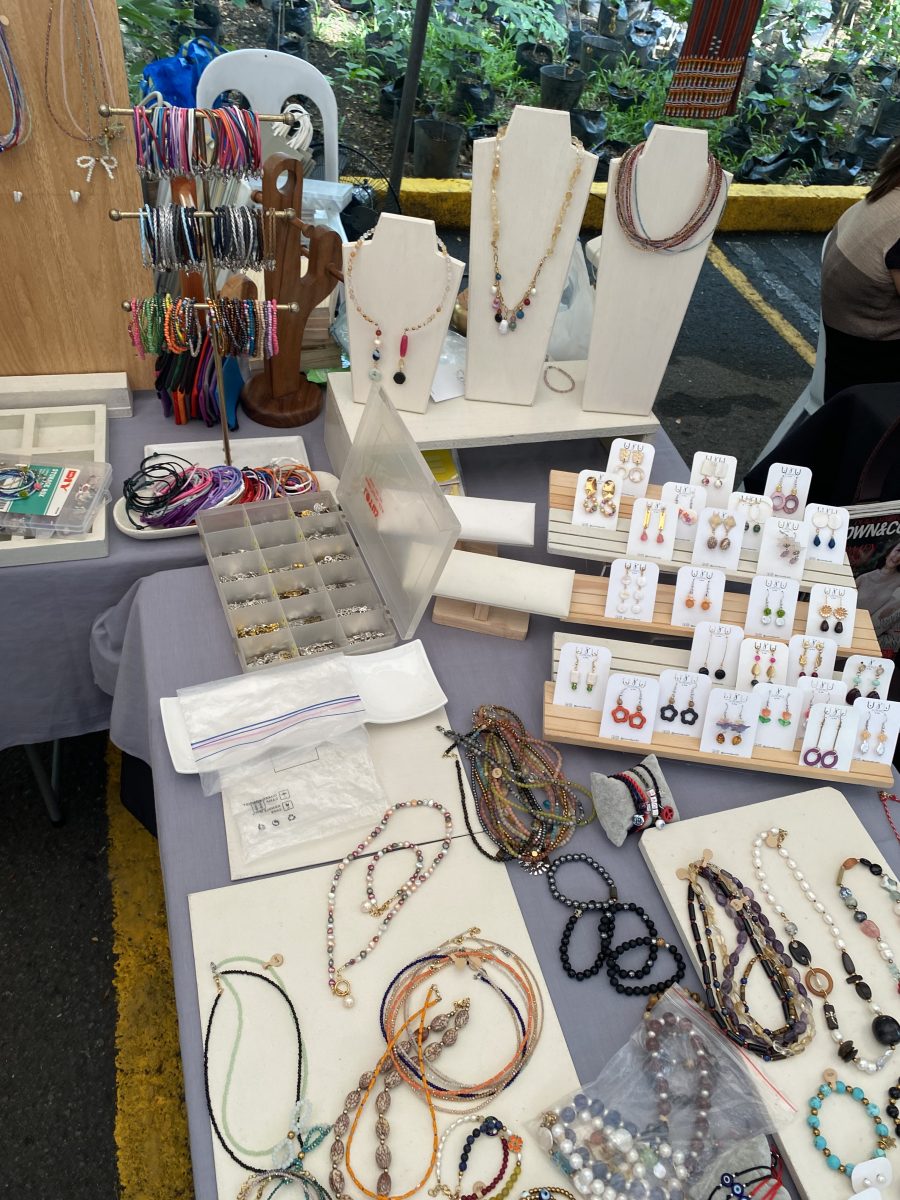MANILA – Representatives of the Philippine Navy participated in the Rim of the Pacific (RIMPAC) military exercises held in Hawaii this past June, at a time when global tensions escalated in the South China Sea, known as the West Philippine Sea in the Philippines.
On June 17, 2024, Filipino fishermen and Chinese coast guard boats clashed at the Second Thomas (Ayungin) Shoal during a resupply mission. The shoal is one of the contested islands in the South China Sea. The confrontation led to several supplies getting looted, as well as a Philippine navy seaman losing his finger in the skirmish.
Recent developments in the South China Sea include multiple reported clashes between Chinese Coast Guard and Philippine Navy ships. According to media reports, Philippine officials said China deployed 40 ships to prevent two Philippine boats from providing supplies to the largest Philippine coast guard ship in Sabina Shoal.
To defend their international borders, the fleet of the Philippine Navy was dispatched to the shores off the coast of Palawan, the western-most Philippine island. As a result, the Philippine Navy only sent observers as part of their contingent for the maritime exercises in Hawaii.
For context, China claims ownership of huge swaths of the South China Sea through its “Nine-Dash Line.” However, this line passes through the Exclusive Economic Zones (EEZs) of its Southeast Asian neighbors.
EEZs are areas that stretch 200 nautical miles from the coast of a country, with the resources in the area belonging to the said country. The EEZs of Brunei, Malaysia, and the Philippines, all three of which participated in this year’s RIMPAC exercises, fall into the disputed area.
RIMPAC is held bi-annually as a way for the United States and its allies to share maritime strategies and conduct drills for amphibian (land, air, and sea) operations.
Meantime, organizers of Cancel RIMPAC, a campaign that highlights the negative intersectional effects of the exercises, mobilized in San Diego and O’ahu to protest the drills.
The international campaign in San Diego consisted of various continental organizations, including Bayan USA. Viva Vargas, a member of Migrante Los Angeles, an organization that focuses on the rights of migrant workers, was one of the leaders of the mobilization committee for the campaign.
Vargas was an immigrant originally from Bataan, a part of Luzon that is close to the West Philippine Sea. She observed that the presence of large and disruptive vessels in the area scares off fish, a crucial resource for fishermen in the area.
“The more the West Philippine Sea is infringed on, the less livelihoods people have in Bataan, the more they would have to be pushed to go to the cities to try and look for work, and if there’s no work there, then they’ll be forced to find jobs overseas, where they’re also still susceptible to being exploited and abused,” said Vargas.
As part of the international coalition for Cancel RIMPAC, they marched from downtown San Diego to the U.S.S. Midway, an aircraft carrier-turned-museum, earlier this year on June 30th. For Vargas, the protests marked a major cultural shift, as tourists would typically visit the city to view military relics.
“I think it made people realize that it doesn’t have to be this way. Majority of our city doesn’t have to be covered in a military base. We don’t have to have war games happening every weekend and that to be watched by our children as a spectacle – that’s not normal. And those are the things that have been normalized in military towns, navy towns like SD,” said Vargas.
As for local efforts, the O’ahu coalition consisted of various student advocacy and other community organizations. But one key player was Anakbayan Hawaii, a youth organization that focuses on issues of Philippine sovereignty.
Kami Yamamoto and Misty Pegram, both key organizers of Anakbayan Hawaii, divulged their perspectives and Hawai’i’s connection to the struggle.
“I think that the crux of it was just, how can we, especially me, Misty, and other local folks here.. how can we bring the stories and the struggles of Native Hawaiians and amplify that on an international level,” said Yamamoto.
The Native Hawaiian struggles she refers to are not only stewardship of the ‘āina – land and water rights – but also the fight to reclaim their sovereignty.
Meanwhile, Pegram honed in on what she believes are misguided priorities of the United States government.
“And so we have this huge amount of money that is being used towards war, basically towards supplementing the military, while many Filipino people are struggling to even put rice on the table, or struggling to even have basic necessities, or, you know, like every Filipino main thing that they have to have in their kitchen a lot of the time are like onions and garlic, and those are things that have become so unaffordable as of recently,” said Pegram.
Pegram, who grew up in the Philippines, also noted that there is an increasing U.S. military presence in the Ilocos and Cagayan regions, where a majority of Filipinos in Hawai’i claim ancestry.
The O’ahu Cancel RIMPAC Coalition held a People’s State of the Nation Address outside of the U.S. Indo-Pacific Headquarters at Pearl Harbor to answer media inquiries about their campaign. They also held other protests outside of the headquarters and made efforts to go out into the community in places like Kalihi or Seafood City in Waipahu, where many Filipino in Hawaii go.
On social media platforms like TikTok, #AtinAngWestPhilippineSea (translated as “The West Philippine Sea is Ours”) trended these past few months because of efforts made by Filipinos to spread global awareness of the rising tensions. Many of these reels expressed concerns about going to war with China, like “praying that the Philippine flag is not raised upside down,” which indicates that the country is in wartime.
As part of a UH Manoa journalism trip to Palawan, Philippines, 315 kilometers away from where the June 17 confrontation occurred, we drove by murals created by Palawan residents with the hashtag #AtinAngWestPhilippineSea. I was not able to take photos, but it was evident through their patriotic imagery and vivid strokes, that they felt the effects of the escalating tensions on their shores.
Many of the murals were illustrated on walls near school areas, an indication they may have been done by school-aged children and teenagers.
Meanwhile, the Philippine government and news media are collaborating to combat disinformation around these events.
During a panel at the East-West Center International Media Conference in June, Philippine Foreign Secretary Enrique Manalo delivered a speech commending the efforts of the media for dispelling false narratives that the Philippines was a ‘pawn’ instead of a major player in the relationship between superpowers China and the U.S.
“Amidst all this, the Philippine government has been working hand-in-hand with the media to ensure that the public possesses the facts. These efforts form an essential part of our commitment to a rules-based international order and our determination to protect and preserve our sovereignty, our sovereign rights, and jurisdiction, especially in the West Philippine Sea,” said Manalo.
This aligns with the US’ vision for the region presented by U.S. Ambassador Marykay L. Carlson, which emphasizes the ability for these countries to make their own choices and support a democratic way of life.
“When we talk about a ‘free and open Indo-Pacific,’ we’re talking about a region that is free from coercion, open to trade and investment, and governed by international law. This means fishers can earn their livelihoods in traditional fishing grounds without harassment; that countries can enjoy a healthy marine ecosystem, free from damage from dredging, overfishing, and land reclamation,” said Carlson.
The fight of Filipinos to defend their borders is ongoing. Many see the events as part of Filipinos’ struggle to assert themselves and their future.
Manoa Mirror reached out to the Philippine Navy for comment and is waiting for a reply.









